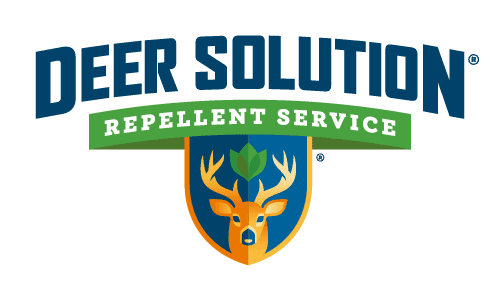Talbot County, Maryland, is in the throes of an ecological and agricultural challenge, emblematic of a broader trend across the state: an escalating deer population.
This burgeoning issue is not just a matter of wildlife abundance; it has significant implications for local gardens, ecosystems, and community efforts geared toward maintaining a harmonious balance with nature.
Understanding the Deer Population Surge
Recent data from the Maryland Department of Natural Resources illuminates the severity of the situation. A noteworthy harvest of 28,236 deer during a two-week firearm season sheds light on the scale of deer overpopulation in the state, with Talbot County being no exception.
The substantial numbers underscore the growing challenge of managing this overpopulation, which is intruding upon gardens and disrupting the ecological fabric of the county.
Impact on Local Flora
The consequences of this deer surge are profound, particularly for the county’s trees and plants. The relentless foraging of deer has become a bane for gardeners and conservationists alike, as they struggle to protect their green spaces.
This issue transcends mere aesthetics, impacting the ecological diversity and vitality of the region. The need for effective deer garden protection strategies has never been more pressing in the face of this relentless botanical assault.
Proactive Community Responses
In response to these challenges, the Maryland Department of Agriculture is actively engaging in data collection, conducting comprehensive surveys to quantify the impact of deer on the county’s agriculture. This initiative is vital for the development of informed strategies to mitigate the adverse effects of deer in Talbot County.
The surveys will provide critical insights into the extent of damage to trees and plants, guiding future conservation and management efforts.
Collaborative Strategies for a Complex Issue
The resolution of the deer overpopulation issue in Talbot County necessitates a collaborative and multifaceted approach. It calls for the synergy of local communities, conservationists, and state organizations to work towards a sustainable solution.
Through data-driven policy development, community engagement, and strategic planning, Talbot County is striving to establish a sustainable balance that respects the needs of both the natural environment and the local community.
Challenges and Prospects for the Future
As Talbot County grapples with this issue, it becomes a case study in managing wildlife populations in a way that aligns with ecological and community needs. The lessons learned here could have broader implications for other regions facing similar challenges.
It underscores the importance of adaptive management strategies that can effectively address the dynamic nature of wildlife populations while considering the overarching goals of ecological sustainability and community well-being.
Talbot County’s situation is a mirror reflecting the complex challenges of modern wildlife management. It serves as a reminder of the delicate balance between human activity and natural ecosystems. The efforts in Talbot County could set a precedent for managing deer populations across Maryland and beyond.












